Introduction
The following topics related to Red Hat Enterprise Linux 4 are covered in this document:
Introduction (this section)
Overview of this release
Installation-related notes
Package-specific notes
Packages added/removed/deprecated
Overview of This Release
The following list includes brief summaries of some of the more significant aspects of Red Hat Enterprise Linux 4:
Red Hat Enterprise Linux 4 includes an implementation of SELinux. SELinux represents a major shift in the way users, programs, and processes interact. By default, SELinux is installed and enabled in this release.
Note
During the installation you have the option of disabling SELinux, setting it to log warning messages only, or to use its targeted policy, which confines the following daemons only:
dhcpd
httpd
mysqld
named
nscd
ntpd
portmap
postgres
snmpd
squid
syslogd
The targeted policy is active by default.
Warning
Red Hat Enterprise Linux 4 support for SELinux uses Extended Attributes on ext2/ext3 file systems. This means that, when a file is written to a default-mounted ext2/ext3 file system, an extended attribute will also be written.
This will cause problems on systems that dual boot between Red Hat Enterprise Linux 4 and Red Hat Enterprise Linux 2.1. The Red Hat Enterprise Linux 2.1 kernels do not support extended attributes, and can crash when encountering them.
For more information about SELinux, refer to the Red Hat SELinux Policy Guide, available online at:
http://www.redhat.com/docs/
The mount command has been changed to do the following on NFS mounts:
· TCP is now the default transport on NFS mounts. This means that a mount command that does not explicitly specify UDP as the desired protocol (for example, mount foo:/bar /mnt) now uses TCP to communicate with the server, instead of UDP.
· Using the verbose (-v) option now causes RPC error messages to be written to standard output.
Red Hat Enterprise Linux 4 supports UTF-8 encoding by default for Chinese, Japanese, and Korean locales.
Red Hat Enterprise Linux 4 now uses IIIMF for input of Chinese, Japanese, and Korean by default.
Red Hat Enterprise Linux 4 supports 5 Indian (Indic) languages: Bengali, Gujarati, Hindi, Punjabi, and Tamil. In addition, the high-quality Lohit font family for the supported languages has been included.
Subversion 1.1 is now included in Red Hat Enterprise Linux; the Subversion version control system is designed to be a replacement for CVS and features truly atomic commits, versioning of files, directories and metadata, along with most current features of CVS.
Red Hat Enterprise Linux 3 introduced the Native POSIX Thread Library (NPTL) — an implementation of POSIX threading support that greatly improved performance, scalability, semantic correctness, and standards compliance over the LinuxThreads implementation used previously.
While most threaded applications were not impacted by the introduction of NPTL, applications that relied on those semantics of LinuxThreads that were contrary to the POSIX specification would not operate correctly. As noted at the time of NPTL's introduction, Red Hat recommended that such applications be updated so that they complied with POSIX (and could therefore use NPTL.)
While support for LinuxThreads still exists for Red Hat Enterprise Linux 4, this statement serves as advance notice that Red Hat Enterprise Linux 5 will no longer include support for LinuxThreads. Therefore, applications that require LinuxThreads support must be updated before they will be able to work properly on a Red Hat Enterprise Linux 5 system.

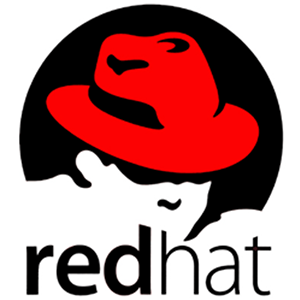
 Gọi Ngay
Gọi Ngay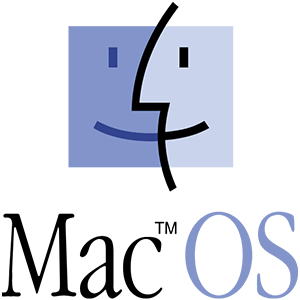
.png)
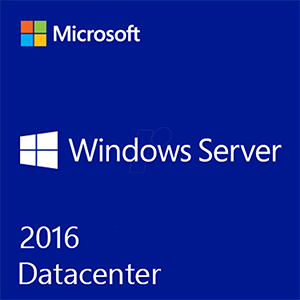
.png)
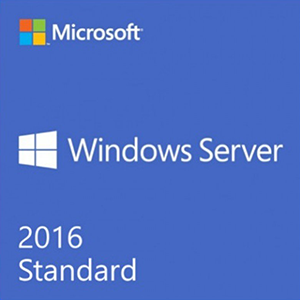
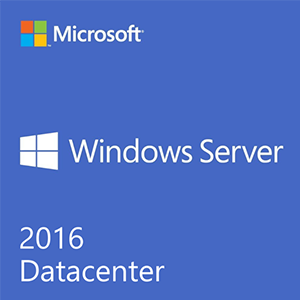







































































.png)
.png)
.png)
.png)